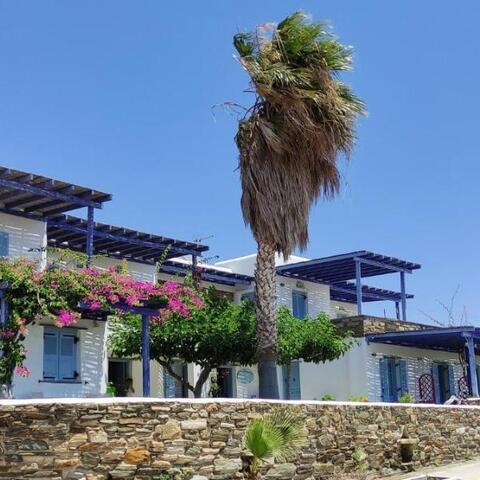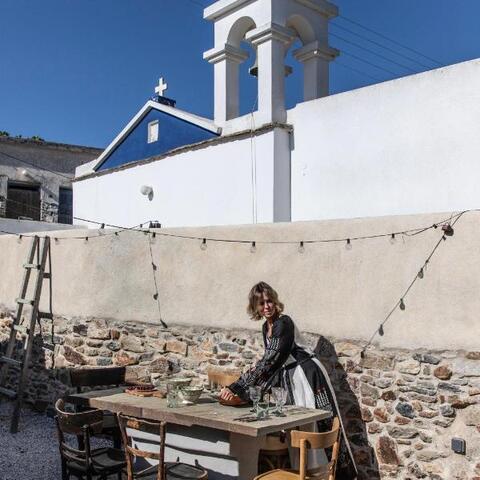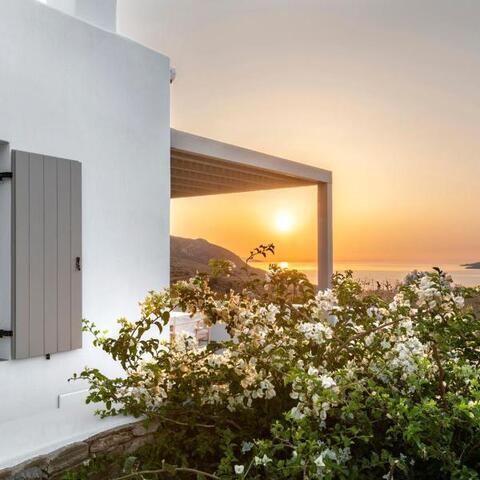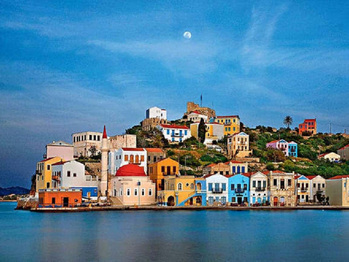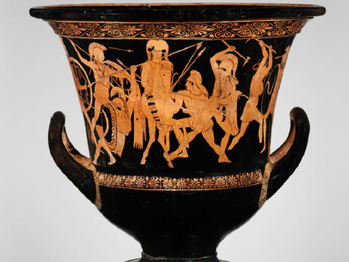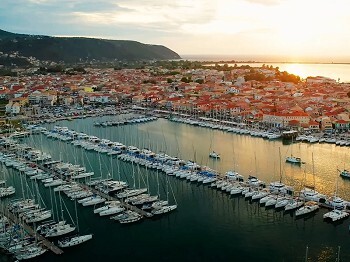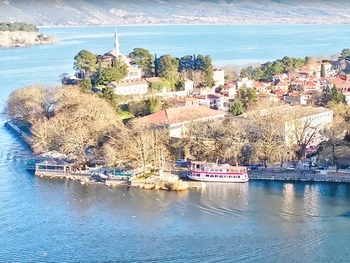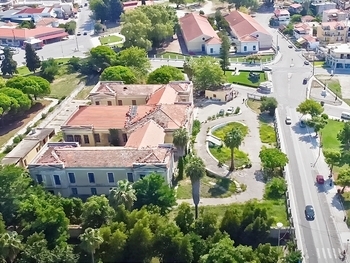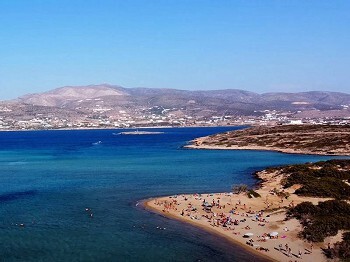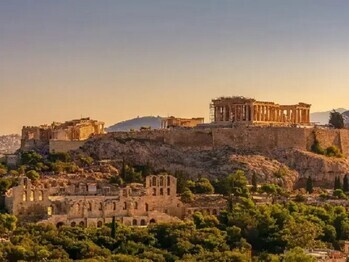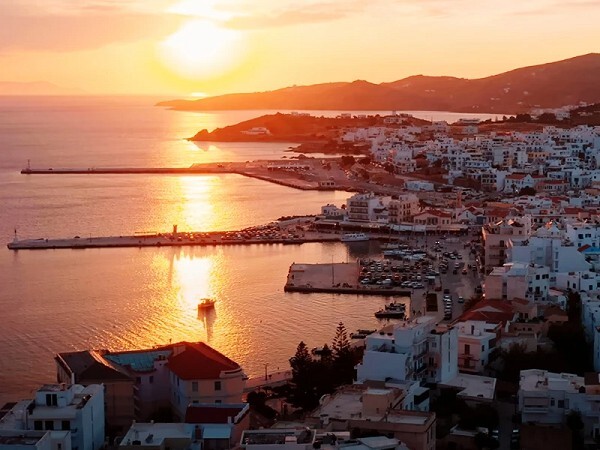
Tinos Island, a hidden treasure of the Cyclades, is renowned not only for its stunning beaches and vibrant Festivals but also for its profound Historical significance. Nestled in the Aegean Sea, this island offers a rich tapestry of ancient monuments, churches, and cultural Landmarks that beckon history enthusiasts from around the world. Let's embark on a journey through time and uncover the historical marvels that make Tinos a unique destination.
We suggest for your stay:
Still Looking for the Perfect Stay?
1. The Church of Panagia Evangelistria
The Church of Panagia Evangelistria, often referred to simply as the Church of Tinos, is a cornerstone of Greek Orthodox faith and a pivotal historical site. Constructed in the early 19th century, this magnificent Basilica is built over the site where the Icon of the Virgin Mary was discovered, following a vision by nun Pelagia. The icon, believed to be miraculous, has turned the church into a major Pilgrimage site, especially on August 15th, the Dormition of the Virgin Mary. Visitors can explore the church's impressive Architecture, its beautiful mosaics, and the peaceful Gardens that surround it.
2. The Archaeological Museum of Tinos
Situated in the heart of Tinos Town, The Archaeological Museum offers a fascinating glimpse into the island’s ancient past. Established in 1963, the museum houses a remarkable Collection of Artifacts ranging from the prehistoric to the Roman periods. Highlights include marble Sculptures, Pottery, and inscriptions from the Temple of Poseidon and Amphitrite. The museum's Exhibits provide valuable insights into the island's Historical significance and its role in ancient Greek civilization.
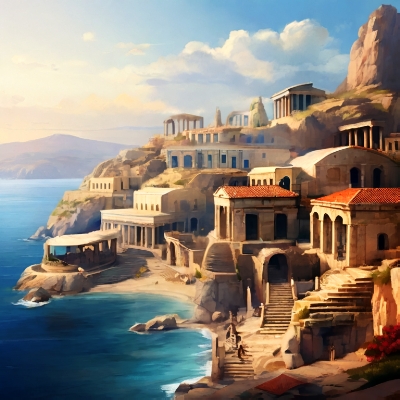
3. The Sanctuary of Poseidon and Amphitrite
Located in Kionia, the Sanctuary of Poseidon and Amphitrite is one of the most significant archaeological sites on Tinos. Dating back to the 4th century BC, this sanctuary was dedicated to the god of the sea and his wife. The site was a major religious center where pilgrims from across the Greek world came to seek blessings and offer sacrifices. Today, visitors can wander through the Ruins of the Temple complex, including the Remains of the altars and statues, and imagine the grandeur of the ancient rituals that once took place here.
4. Venetian Fortifications of Exomvourgo
Perched atop the imposing Exomvourgo mountain, the Venetian fortifications stand as a testament to Tinos' strategic importance during the medieval period. Built by the Venetians in the 13th century, this fortress provided a stronghold against pirate invasions and Ottoman attacks. The Ruins of the fortifications, including the remnants of walls and towers, offer breathtaking panoramic Views of the island and the Aegean Sea. Hiking up to Exomvourgo is a rewarding Experience for history buffs and nature lovers alike.

5. The Ursuline Convent in Loutra
The Ursuline Convent in the village of Loutra is a significant historical and cultural landmark. Established in 1862 by the Ursuline Sisters, the convent played a crucial role in the Education of young girls from Tinos and other Cycladic islands. The convent complex includes a church, a school, and various other buildings, all beautifully preserved. Visitors can explore the convent's museum, which showcases Artifacts and documents related to the history of the Ursuline order and their educational mission.
6. The Medieval Village of Volax
Nestled in the heart of Tinos, the village of Volax is renowned for its unique geological formations and its medieval charm. The village is surrounded by massive, spherical granite boulders, creating an otherworldly landscape that has intrigued geologists and tourists alike. Volax is also known for its traditional basket-weaving craft, a skill passed down through generations. Strolling through the narrow streets of Volax, visitors can admire the stone houses, visit local artisans, and Experience the timeless Atmosphere of this historical village.
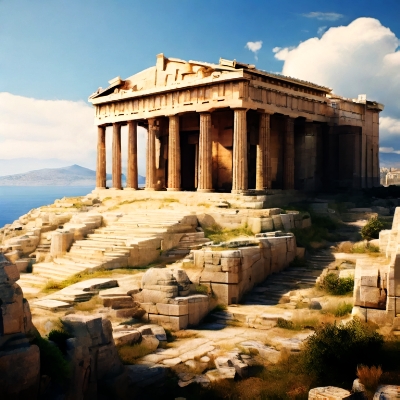
7. The Monastery of Kechrovouni
The Monastery of Kechrovouni, also known as the Monastery of the Annunciation, is one of the oldest and most important religious sites on Tinos. Founded in the 10th century, the Monastery is situated at an altitude of 500 meters, offering stunning Views of the island. It is home to a community of nuns who continue to follow the monastic traditions. The monastery's church, dedicated to the Virgin Mary, houses beautiful icons and Frescoes. Pilgrims and visitors can explore the monastic buildings, the chapel of St. Pelagia, and the peaceful Gardens.
8. The Ancient Theater of Tinos
Located near the village of Tripotamos, The ancient theater of Tinos is a remarkable archaeological site that Dates back to the Hellenistic period. Although only partially excavated, the Theater provides a glimpse into the island's rich cultural Heritage. The site includes the Remains of the orchestra, the stage, and several rows of seating. The theater's location offers spectacular Views of the surrounding landscape, making it a picturesque spot for history enthusiasts and photographers.

9. The Marble Craftsmanship of Pyrgos
The village of Pyrgos is celebrated for its long-standing tradition of marble craftsmanship. This historical art form has been practiced on Tinos for centuries, and Pyrgos is home to some of the finest marble artisans in Greece. Visitors can explore the Museum of Marble Crafts, which showcases the history and techniques of marble carving. Walking through the village, one can admire the exquisite marble Sculptures, fountains, and architectural details that adorn the buildings. Pyrgos is a living testament to the island's artistic Heritage and its contribution to Greek culture.
10. The Holy Monastery of the Life-Giving Spring
Located in the picturesque village of Arnados, the Holy Monastery of the Life-Giving Spring is a serene and spiritually significant site. Founded in the 17th century, the Monastery is dedicated to the Virgin Mary and is known for its miraculous icon of the Life-Giving Spring. The complex includes a beautiful church, monastic cells, and a tranquil courtyard. Visitors can attend religious services, explore the monastery's rich history, and enjoy the peaceful Ambiance of this sacred place.
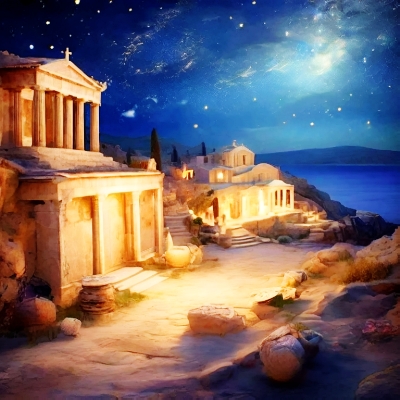
Conclusion
Tinos Island is a treasure trove of historical sites that offer a captivating journey through time. From ancient Sanctuaries and medieval fortresses to monastic retreats and traditional Villages, each landmark tells a unique story of the island's rich cultural Heritage. Whether you're a history enthusiast, a spiritual seeker, or simply a curious traveler, Tinos promises an unforgettable Experience that connects you with the past while embracing the beauty of the present. Plan your visit to Tinos and immerse yourself in the island's fascinating history and vibrant culture.
